Ama Hut Hachiman Kamado
Huts like this were once a hub for the female divers who collected pearls and seafood off Japan's coasts.
This weather-beaten structure is the Ama divers’ headquarters in Mie Prefecture. Salt encrusted huts like these were once an integral part of working Ama life, where the all-female divers could rest and socialize between diving for shellfish, seaweed, and pearls.
The earliest records date the practice of Ama freediving to as early as 927 AD. Today, there are still Ama in Japan, though not nearly as many as there used to be. Ama were once the lifeblood of coastal communities, but since being superseded by new finishing technologies, their tradition is on the verge of dying out.
Traditionally, these free divers wore tell-tale white diving suits, which were thought to ward off sharks, although modern Ama use wetsuits. Impressively, Ama divers working today still forgo air tanks, diving to the bottom of the choppy ocean on a single breath alone.
Although Ama divers usually start working as young as 13 or 14 years old, they often continue well beyond traditional retirement age. Their vitality is often attributed to the special training they undergo for free diving. The friendly staffers at the Hachiman Kamado hut are all in their advanced years, and they still wear uniforms of their forebears.
The Ama Hut Hachiman Kamado is one of the last vestiges of this unique tradition. Central to its work is an outdoor seating area and an indoor eating area where visitors can hear tales of the divers’ experiences over charcoal-grilled seafood. Working Ama catch everything on the menu; other trinkets and souvenirs are also on sale to help preserve the vanishing Ama profession.
Know Before You Go
A stroll through the nearby streets may reveal streamers of seaweed hanging on drying frames, and perhaps, if you’re lucky, you may even see even an Ama pinning them out. If you don’t, not to worry: just look down. The drain covers in the locality have all been decorated with images of Ama divers at work. Booking may be required to eat a full meal with the divers; otherwise, visitors are welcome to drop by.

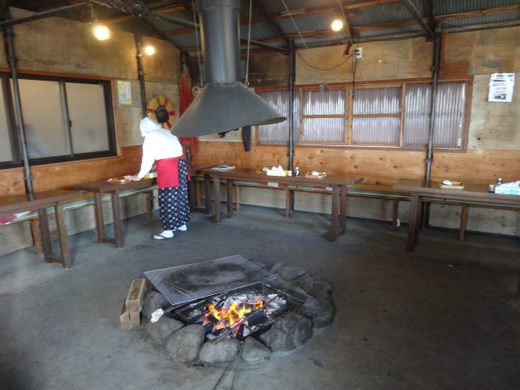
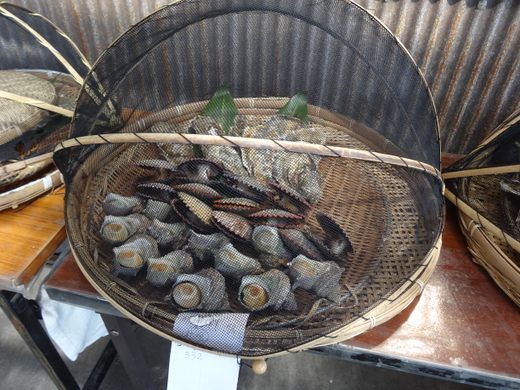
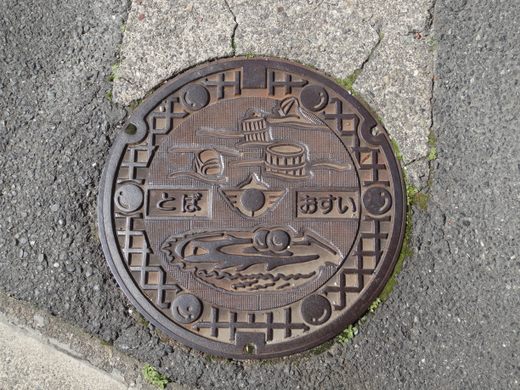
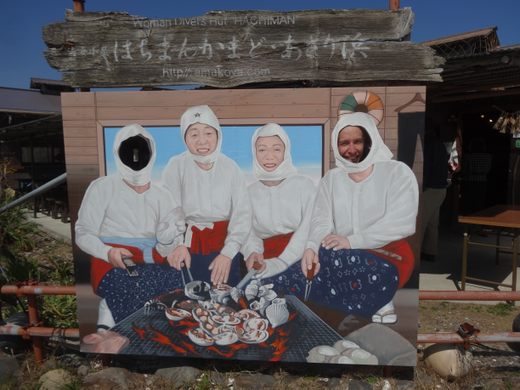




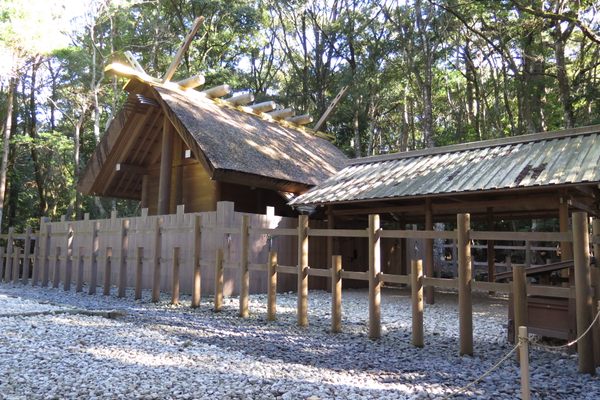








Follow us on Twitter to get the latest on the world's hidden wonders.
Like us on Facebook to get the latest on the world's hidden wonders.
Follow us on Twitter Like us on Facebook